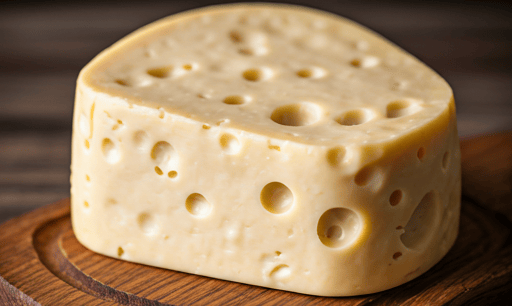Friesland's Innovation on Meltability of Plant-Based Mozzarella
DAIRY & ALTERNATIVES


In recent years, the demand for plant-based foods has grown exponentially, driven by consumers seeking sustainable and ethical alternatives to traditional animal-derived products. However, while plant-based meat substitutes have made significant strides, dairy-free cheese alternatives have struggled to match the performance and appeal of their dairy counterparts. Among the most challenging to replicate is pasta filata cheese, such as mozzarella, which is known for its unique melting, stretching, and shredding properties.
Achieving these characteristics with plant-based ingredients has been difficult, particularly when factoring in the need for stability after freezing and defrosting. Conventional vegan cheeses often fall short in their ability to melt evenly, stretch adequately, or maintain integrity after freezing.
FrieslandCampina’s recent patent application addresses this gap with an innovative plant-based mozzarella substitute that delivers exceptional functionality, including improved freeze-thaw stability, making it ideal for various culinary applications. This new plant-based mozzarella alternative relies on a strategic combination of ingredients and processing techniques:
Core Ingredients:
Waxy Starch: Selected from tapioca, rice, or wheat varieties, it provides the structure required for elasticity.
Modified Starch: Enhances the melting and freeze-thaw performance. Options include acetylated distarch adipate (E1422) or hydroxypropyl distarch phosphate (E1442).
Plant-Based Fats or Oils: Sources like canola, coconut, or sunflower oils offer the desired creaminess and fat profile.
Plant Proteins: Derived from potatoes, peas, faba beans, or precision fermentation, these proteins mimic the functional role of casein in traditional cheese.
Non-Proteinaceous Emulsifiers (Optional): Enhance the texture and stability. Examples include sucrose esters or mono- and diglycerides of fatty acids.
Processing Method: FrieslandCampina’s innovation is not just about the ingredients but also the method:
Preparation of Aqueous Mixture: Ingredients are combined in specific ratios, maintaining a waxy starch to modified starch ratio of 1:1 to 10:1.
Heat Treatment: The mixture is heated to 50–95°C under mechanical shear forces to activate the starches and emulsify the fats.
Cooling: The mixture is cooled to form a solid cheese analog with desirable shredding and melting properties.
This plant-based mozzarella is designed to perform exceptionally in various food applications. It melts evenly, stretches beautifully, and maintains its structure even after being frozen and defrosted. These characteristics make it an ideal choice for pizzas, where a gooey and stretchy cheese is essential, or for gratins, lasagnas, and paninis, where even melting is critical. Additionally, its shredability offers convenience for both home cooks and food manufacturers, ensuring it can be easily used in industrial and domestic kitchens.


